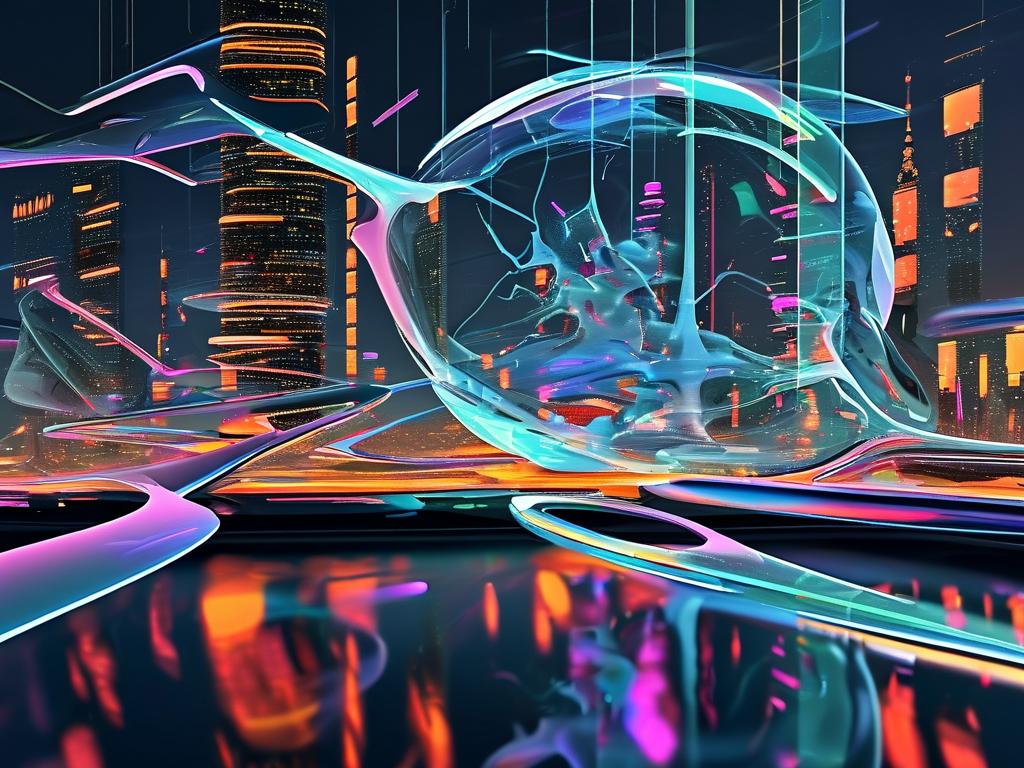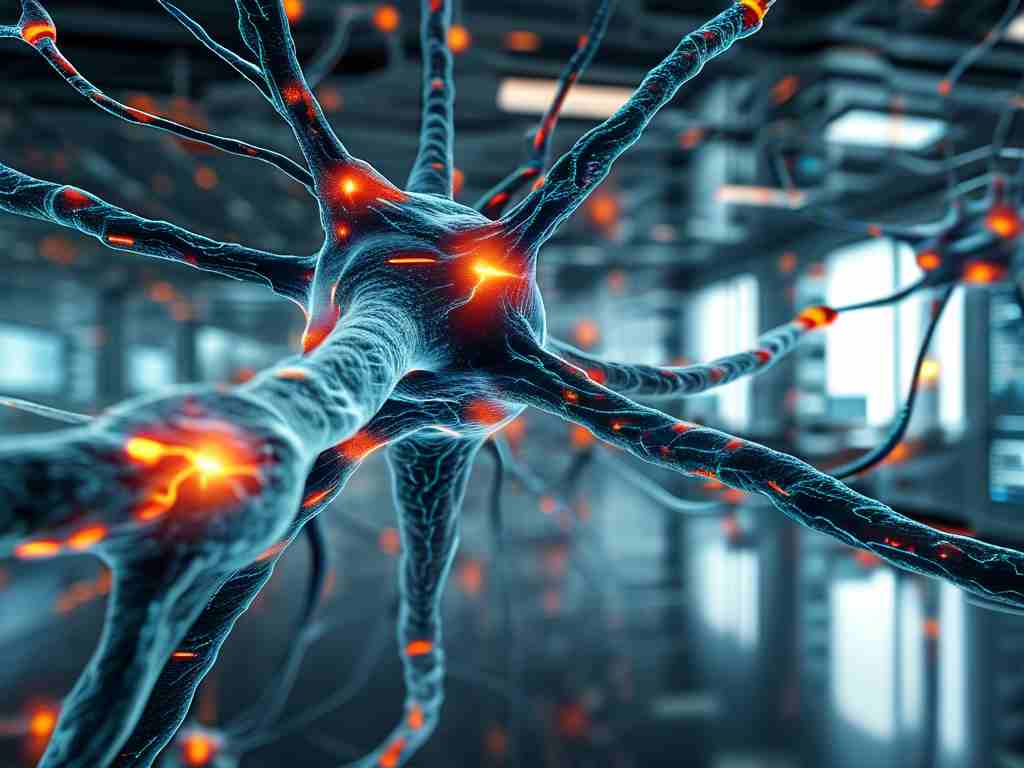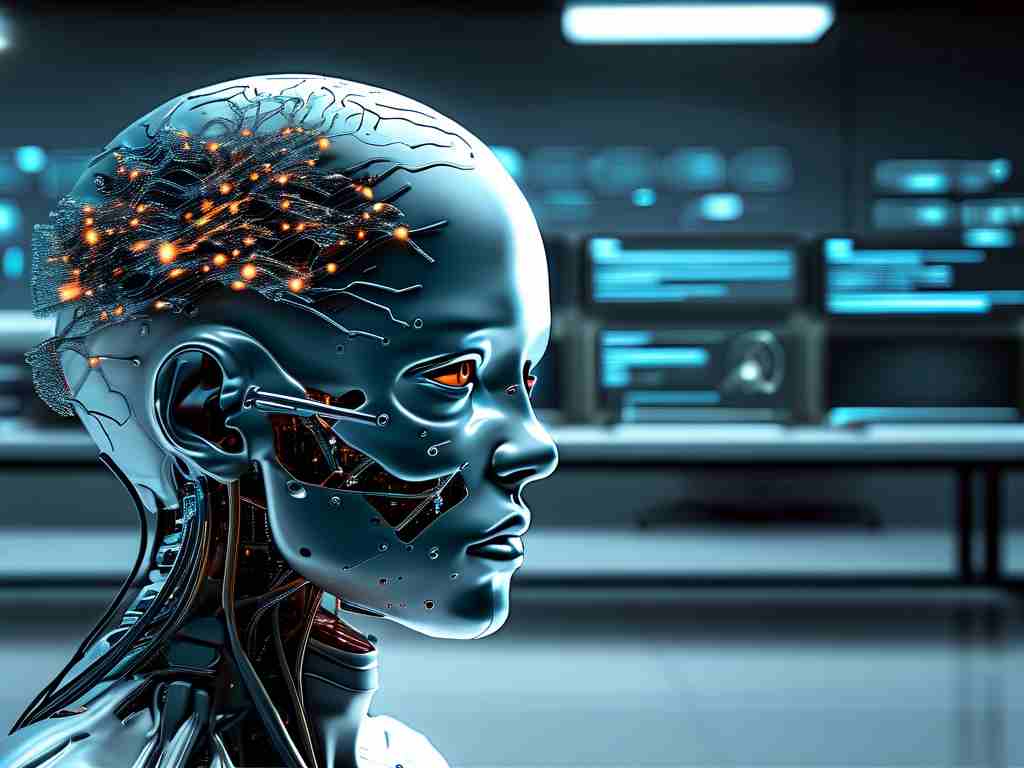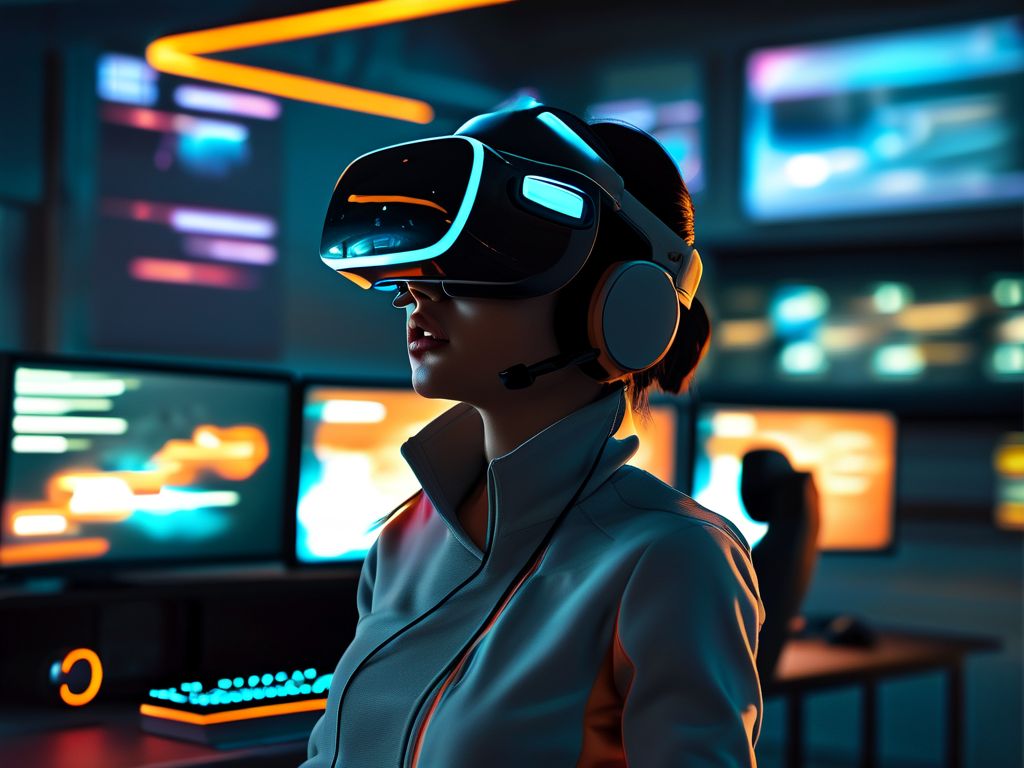In recent years, neural network restoration has emerged as a critical area of research in artificial intelligence (AI), addressing challenges such as model degradation, data corruption, and system recovery. This technology not only enhances the robustness of AI systems but also opens new possibilities for applications in healthcare, autonomous systems, and environmental monitoring. Below, we explore the mechanisms behind neural network restoration, its real-world applications, and the ethical and technical challenges it faces.
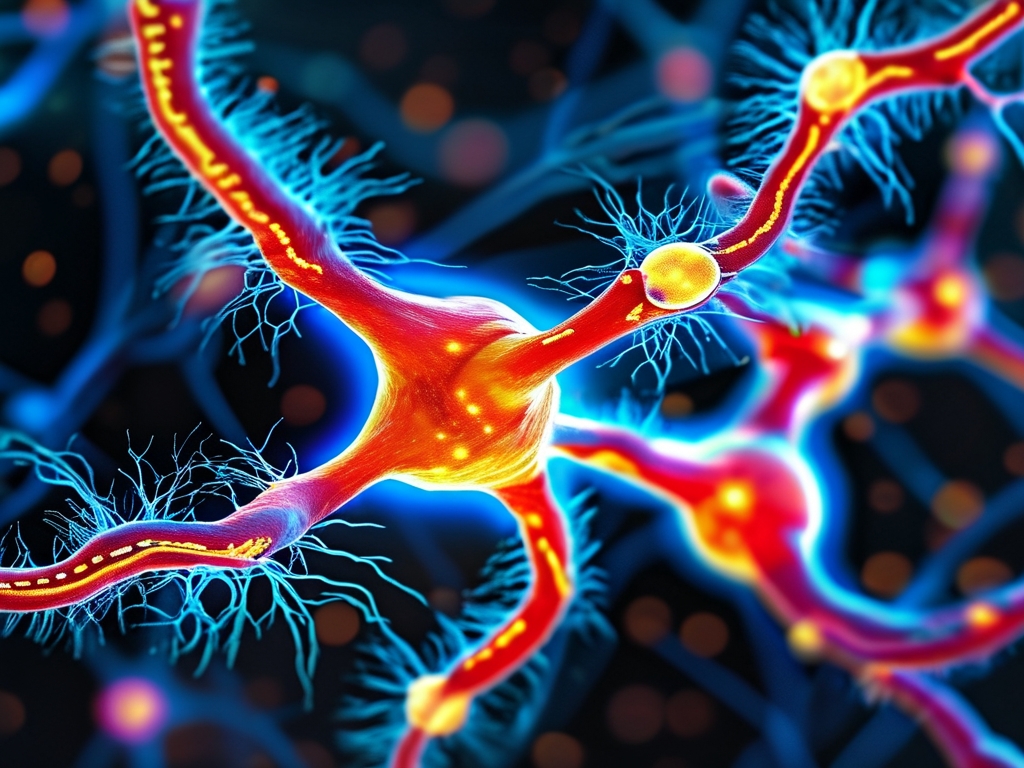
1. Understanding Neural Network Restoration
Neural network restoration refers to techniques designed to repair or recover artificial neural networks (ANNs) that have suffered performance declines due to factors like adversarial attacks, hardware failures, or incomplete training data. Unlike traditional error-correction methods, restoration focuses on dynamically adapting the network’s architecture or parameters to regain functionality without requiring full retraining. Key approaches include:
- Retraining with Augmented Data: Injecting synthetic or corrected data to recalibrate model weights.
- Modular Recovery: Isolating and replacing corrupted layers while preserving functional components.
- Generative Adversarial Networks (GANs): Using adversarial frameworks to "imagine" missing or damaged data patterns.
For example, researchers at MIT demonstrated that a partially damaged image recognition model could recover 92% of its original accuracy by leveraging GAN-generated training samples, highlighting the efficiency of these methods.
2. Applications Across Industries
Healthcare: Restoring Diagnostic Models
Medical AI systems often face data quality issues, such as noisy MRI scans or incomplete patient records. Neural network restoration enables these models to infer missing information. A 2023 study published in Nature Medicine showed that restored deep learning models improved tumor detection rates by 18% in low-quality imaging datasets, potentially saving thousands of misdiagnosed patients annually.
Autonomous Vehicles: Fault Tolerance
Self-driving cars rely on neural networks to process sensor data. If a camera or LiDAR sensor fails during operation, restoration algorithms can "fill in" gaps by cross-referencing historical driving patterns. Tesla’s 2024 FSD (Full Self-Driving) update reportedly integrated such mechanisms, reducing abrupt disengagements by 40%.
Environmental Monitoring: Handling Sparse Data
In remote sensing, neural networks analyze satellite imagery to track deforestation or pollution. Restoration techniques allow models to compensate for cloud-obstructed images or sensor malfunctions. The United Nations’ Climate Action AI initiative has deployed these systems to monitor illegal fishing activities in real time, even under poor weather conditions.
3. Technical Challenges
Despite its promise, neural network restoration faces hurdles:
- Catastrophic Forgetting: Over-optimizing for restoration may erase previously learned knowledge.
- Computational Costs: Real-time restoration demands significant processing power, limiting deployment on edge devices.
- Adversarial Vulnerabilities: Hackers could exploit restoration pathways to inject malicious data.
A 2023 paper from Stanford University warned that poorly designed restoration systems might inadvertently amplify biases, such as misclassifying minority demographics in facial recognition tasks.
4. Ethical Considerations
The ability to "revive" damaged AI models raises questions about accountability. For instance:
- Who is liable if a restored medical AI makes an error?
- Should restored models undergo recertification processes?
- How do we ensure transparency in restoration workflows?
Regulatory bodies like the EU’s AI Office are drafting guidelines to address these issues, emphasizing auditable restoration logs and third-party validation.
5. Future Directions
Advancements in quantum computing and neuromorphic engineering could revolutionize neural network restoration. Quantum annealing, for instance, might enable near-instantaneous recovery of large-scale models. Meanwhile, bio-inspired approaches—such as mimicking synaptic plasticity in the human brain—are being explored to create self-healing networks.
Companies like DeepMind and IBM Research are also investigating hybrid systems that combine symbolic AI with neural networks, allowing for logical "self-repair" mechanisms.
Neural network restoration represents a paradigm shift in building resilient AI systems. By blending cutting-edge algorithms with cross-disciplinary insights, this field promises to mitigate one of AI’s most persistent weaknesses: fragility. However, success will depend on collaborative efforts among researchers, policymakers, and industry leaders to balance innovation with ethical responsibility. As AI continues to permeate critical sectors, restoration technologies will likely become as indispensable as the networks they aim to protect.


